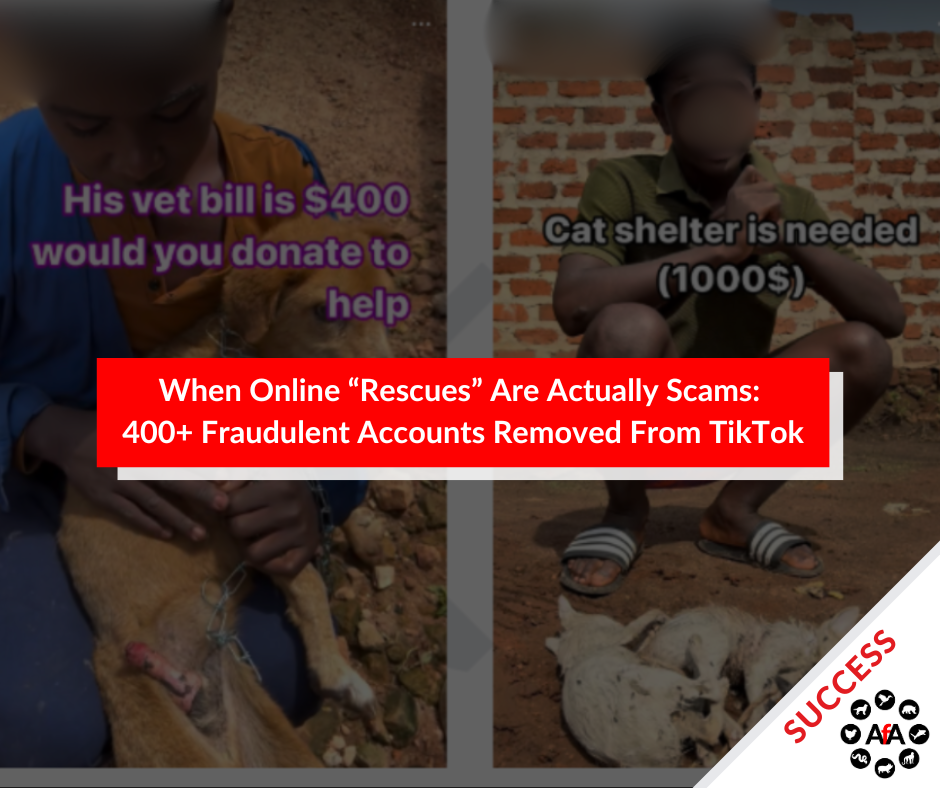The IUCN Primate Specialist Group Section for Human-Primate Interactions: Images matter!
- info607853
- Jul 30, 2021
- 2 min read
Earlier this year, the The IUCN Primate Specialist Group Section for Human-Primate Interactions (SHPI) published an important set of guidelines for the responsible use of primate imagery. While these guidelines are specifically written about primates and for the benefit of professionals conducting research in the field or working as veterinarians or in sanctuaries, the argument that they make should be considered important in relation to most wild animals.
The SHPI guidelines point out that photographs or videos, especially when posted to social media sites, have the power to make millions of people aware of important issues like the welfare and conservation of primates. But research has demonstrated that the same images can (and often are) also easily be taken out of context, leading people to incorrect conclusions that can actually be harmful to the animals involved.
Images of primates or other wild animals alongside humans, or in human contexts (wrapped in blankets, inside people's homes), even if in positive contexts (for example, rescue centers), encourage the misperception amongst the general public that such animals can and do thrive alongside us, in our homes, as pets or performers. According to the guidelines,
Those with greatest access to primates such as professional and student primatologists, conservationists, animal care staff and volunteers in zoos, rescue centres and sanctuaries, government agency employees, and tour guides ... have a key role to play in delivering suitable messages about primates. It is equally important that donors, high profile conservation presenters, film and television celebrities, government officials and media producers also model appropriate behaviour with respect to primates. After all, the success of imparting information about primates rests on how the message is perceived and not on the messenger’s intention.
The guidelines are accessible HERE. We encourage animal welfare organisations and individuals with access to wild animals to consider them, and to always bear them in mind when making imagery public.






Comments